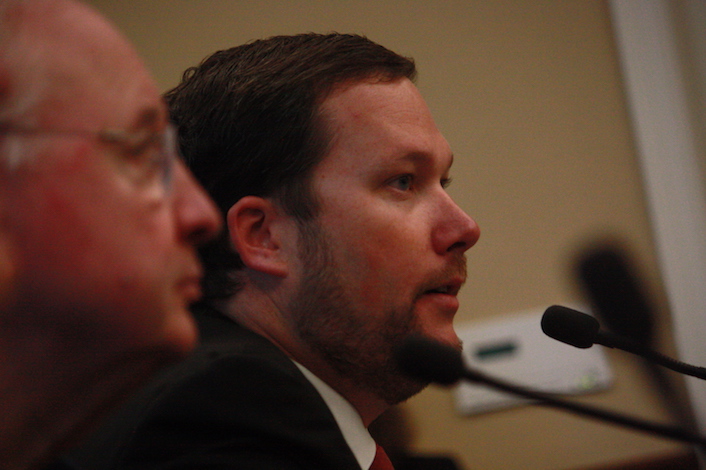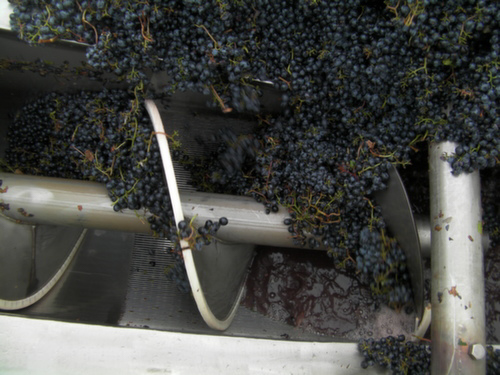
OLYMPIA, Wash. – Many questions are being tackled as the Washington state Department of Ecology puts together a permit system for discharging wastewater from wineries.
Preliminary answers will likely be unveiled in mid-April when the state is expected to release a draft of the proposed permit system for a 60-day public comment period before the draft gets revised.
“One of the challenges is we don’t know what the permit will finally look like. … We’re in fairly intense negotiations right now (on putting the permit system together),” said Josh McDonald, executive director of the Washington Wine Institute.
Right now, the state has not determined how many of Washington’s roughly 900 wineries will be required to have discharge permits, including the size of the threshold at which the permits will be required. However, that threshold is expected to spare the smallest wineries, wrote Jessica Payne, ecology department’s spokeswoman in an email.
The permits will cover discharges into the groundwater. Groundwater – with or without contaminants – frequently seeps to streams and rivers filled with fish and other life.
The expected permits fees are expected to range from $500 a year for the smallest wineries covered by the proposed system to $3,000 annually for the largest wineries. Again, the details are up in the air.

McDonald said only a handful of wineries have wastewater discharge systems, meaning this requirement will be new to most.
“Our biggest concerns is the tremendous amount of capital investment,” McDonald said.
The ecology department has targeted the discharges from wineries because of their effects on the state’s streams and rivers. Winery discharges include solids, dissolved oxygen, nitrogen and phosphorus. Also, this wastewater can be too acidic or too basic in pH, potentially corroding concrete pipes or possibly harming living organisms, Payne wrote.
The state-approved range for pH in groundwater is 6.5 to 8.5. Untreated winery wastewater can range from pHs of 2.5 to 9.5.
Also, the untreated wastewater helps grow organic materials that deplete the oxygen in the groundwater, stream and rivers.
When a permit system is in place, owners will collect their own water samples and send them to accredited laboratories, which will then send the result to the state ecology department. The state will inspect permit holders on how they manage their discharges and to ensure the treatment methods are working properly.
At this point, a big unknown is what type of treatment processes will be required. Payne wrote there will likely be a variety of approved treatment methods, but the specifics have not been determined. These will likely include septic tanks, drain fields, ponds, lagoons or directly to sewage treatment plants.
McDonald said the wineries will keep a close eye on how the treatment questions will be addressed, including providing input to the state.
“Our biggest concern is the tremendous amount of capital investment” needed for treatment processes, McDonald said.
To receive state ecology department updates on this issue, people can sign up at the Winery Listserv.

Leave a Reply